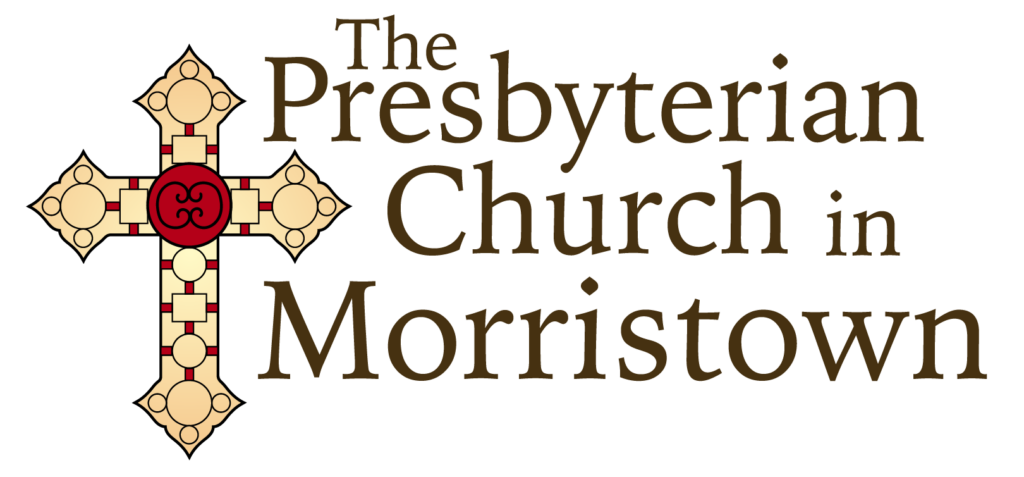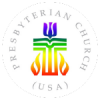Since 1940, a series of Black Book Registers for each decade have been kept. These aided in the process of bringing previous surveys up to date, supplemented by Visual Inspection of markers completed during the preparation of the current compilation.
In a letter to the Pastor of the Church dated 16 February 2001, James Elliott Lindsley of Millbrook, New York, provided a list of eight people interred in the Lindsley Vault, i.e., information that had not been available previously.
The current compilation includes names from Parker’s two lists, i.e., her observations and her Addendum based on Vail’s observations, together with names of those reinterred at Evergreen Cemetery, names from Church records kept since 1931, the Lindsley additions, and a current Visual Inspection. This enables identification of over 1,650 individuals who at one time were known to have been buried in the Graveyard of The Presbyterian Church in Morristown. Where possible, names of parents, spouses, and children of those listed have been provided.
To protect the integrity of each survey, differences, e.g., spelling of names, dates, age at the time of death etc., are noted. When Church Records allow correcting what appear to be obvious errors in transcription, the corrections have been made with appropriate citations noted, e.g., “CR22” indicating The Combined Registers Part II at Page 22 or “BOM33” indicating the Bill of Mortality at Page 33. Where the original record is very limited and could be augmented from information contained in The Combined Registers, the Bill Of Mortality, or the Sexton’s Books, such information has been included in Editorial Notes with an appropriate citation.
In merging the lists, the names have been presented in alphabetical order. In some cases, e.g., large families like the Condicts, the Lindsleys, and the Piersons, this results in members of a family group being scattered throughout the long list of all those with the same surname. This is not a problem when the original records, such as Vail or Parker’s list of inscriptions or The Combined Registers, included a reference to whose spouse or child a person is. However, when such relationships were not included in the original records, the only clue of such a relationship might have been the fact that the names appeared together in the original record, thus inviting the assumption that they were part of the same family group. In order that alphabetizing not destroy this evidence of a possible family relationships, when it appears appropriate, a notation has been made of the possible relationship in the Editorial Notes. This is only done to preserve a potential clue. In such cases, a primary source should be consulted before assigning family group status to a group of individuals.

